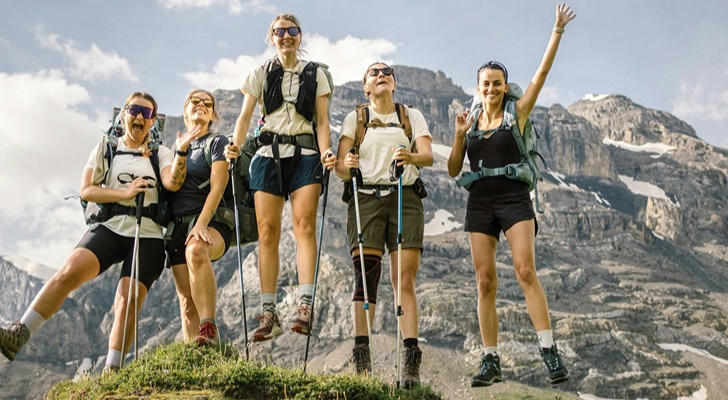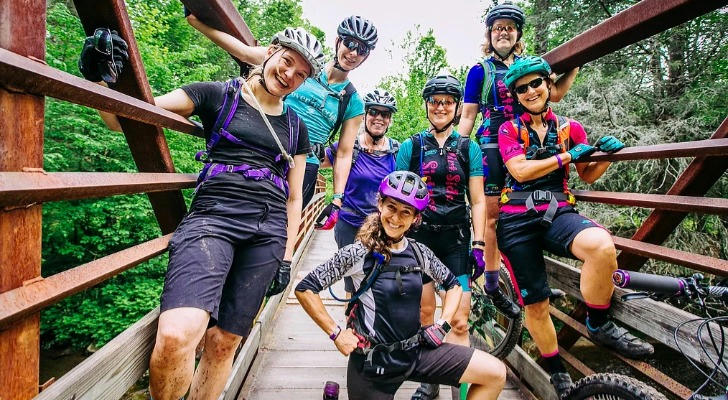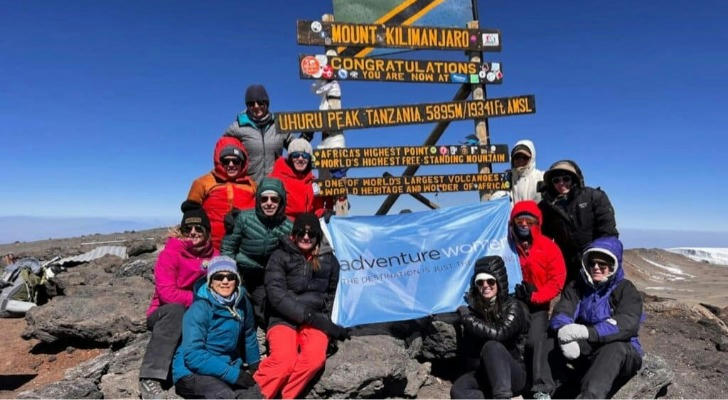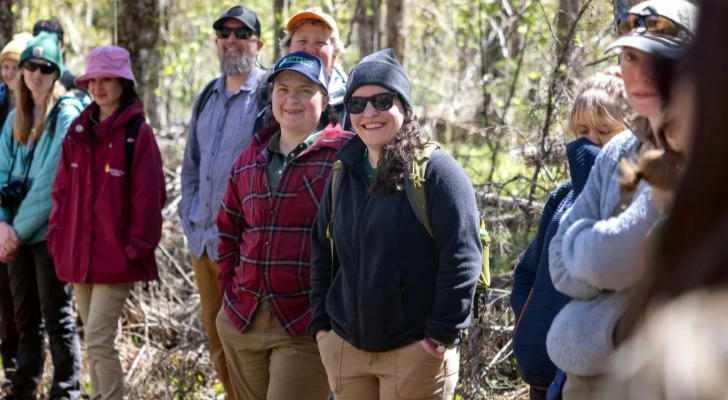Breaking Stereotypes: The Rise of Middle-Aged Women in Adventure Travel
In recent years, there has been a notable shift in the adventure travel industry: an increasing number of middle-aged women are embracing activities that challenge their physical limits and foster personal growth. This trend not only defies longstanding stereotypes but also underscores a broader cultural movement toward empowerment and self-discovery among women over 40.

The Surge in Adventure Travel Among Women Over 40
Compelling statistics highlight this shift. A global study of 1,000 women found that adventure travel is the most sought-after type of travel among those over age 50. Furthermore, the Adventure Travel Trade Association reports that women constitute 57% of travelers who book through global travel companies, emphasizing their significant influence in this sector.
This surge reflects changing priorities, with women in their mid-40s and beyond seeking experiences that offer more than just relaxation. They desire activities that provide a sense of achievement, personal growth, and connection with like-minded individuals.
Health and Wellness Benefits
Engaging in adventure travel offers numerous health benefits, particularly for women over 40. Activities such as hiking, biking, and kayaking not only improve cardiovascular health but also enhance mental well-being by reducing stress and combating symptoms of depression. A study by Natural Habitat Adventures highlights that adventure travel provides rich experiences in nature, reduces stress, and improves heart health.

Moreover, these activities promote physical fitness, which is crucial as metabolism naturally slows with age. Regular physical activity through adventure travel helps maintain a healthy weight, improves flexibility, and increases bone density, thereby mitigating age-related health risks.
Empowerment and Personal Growth
Adventure travel serves as a catalyst for empowerment among middle-aged women. Tackling challenging activities builds confidence and a sense of accomplishment. Paige Davis, President of AdventureWomen, notes that over the past 40 years, her guests have gained a renewed sense of independence and confidence through their travel experiences.
Participating in group adventures also fosters a sense of camaraderie. Women bond over shared experiences, support each other's growth, and create lasting friendships. This social aspect is particularly appealing, combining the thrill of adventure with the warmth of community.
Breaking Free from Traditional Roles
For many women, embracing adventure travel represents a break from traditional roles and expectations. After dedicating years to family and career, women over 40 are seizing the opportunity to explore the world on their terms. A report by Aquaterra Adventures reveals that women aged 45 to 55 are increasingly choosing solo adventures, seeking liberation and new experiences.
This shift is often driven by a desire for self-discovery and a recognition that life is finite, prompting a reevaluation of priorities. As one traveler aptly put it, "The clock is ticking. It's that simple really. You only get one shot at this whole life thing, so you might as well make it count."
Inspiring Stories and Role Models
The stories of women embracing adventure are both inspiring and diverse. For instance, Huda Alvi, a 39-year-old mother of three from Toronto, takes up to eight solo trips a year. She believes these travels make her a better wife and mother, providing personal fulfillment and rest. Her journeys span destinations like Costa Rica, Colombia, and Paris, each offering unique experiences and challenges.
Similarly, the "Hostel Hoolie" event in the Scottish Highlands exemplifies the growing community of adventurous women. Organized by Girls on Hills and the Adventure Syndicate, this inaugural women's outdoor adventure weekend featured trail running, hillwalking, and cycling, aiming to address gender disparity in outdoor sports and foster camaraderie among women.
Planning Your Adventure
For those inspired to embark on their own adventure, consider the following tips:
● Assess Your Health: Choose activities that align with your current fitness level.
● Set Clear Goals: Define what you hope to achieve—be it physical challenge, cultural immersion, or personal reflection.
● Join Supportive Communities: Engage with groups that encourage and facilitate women's adventure travel.
● Prioritize Safety: Ensure you have the necessary skills, knowledge, and equipment to undertake your chosen activities safely.
Organizations like AdventureWomen cater specifically to women over 40, offering trips designed to challenge and inspire. Their experiences are crafted to provide personal growth, cultural enrichment, and lasting memories.

The Role of Adventure Organizations
Adventure organizations play a pivotal role in supporting and promoting the participation of middle-aged women in adventure travel. One notable example is Woodswomen, Inc., established in the 1970s with the mission to offer supportive and challenging learning opportunities for women. The organization emphasized emotional and physical safety, personal choice, and healthy relationships with both people and the environment. Woodswomen's philosophy focused on learning through nature and fostering a sense of community among participants.

These organizations provide structured environments where women can develop outdoor skills, build confidence, and engage in meaningful adventures. They address the unique needs and preferences of female travelers, offering tailored experiences that resonate with their desires for empowerment and personal growth.
Addressing Safety and Inclusivity
Safety and inclusivity are paramount considerations for women engaging in adventure travel. The Adventure Travel Trade Association's research highlights that women comprise 57% of adventure travel clients, underscoring the need for products and marketing that support this demand. The association also notes instances of gender bias within the industry, emphasizing the importance of creating environments that are both safe and welcoming for women.
Ensuring safety involves providing clear information about activities, offering appropriate training, and maintaining high standards of care. Inclusivity extends beyond physical safety to encompass representation and respect, fostering spaces where women feel valued and empowered to participate fully.
